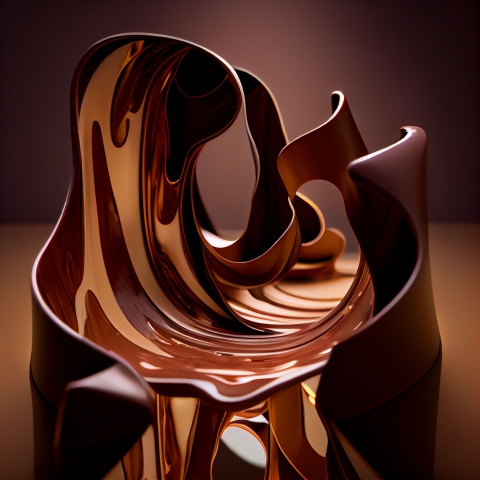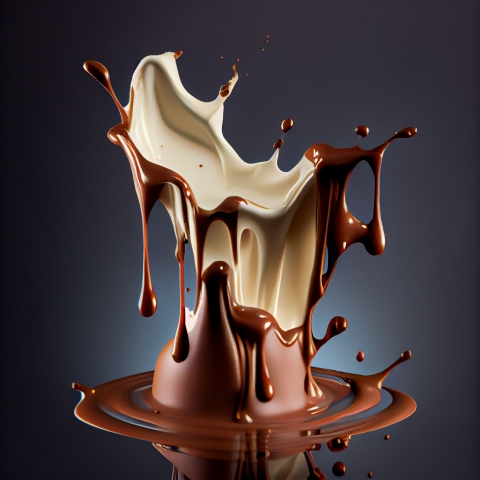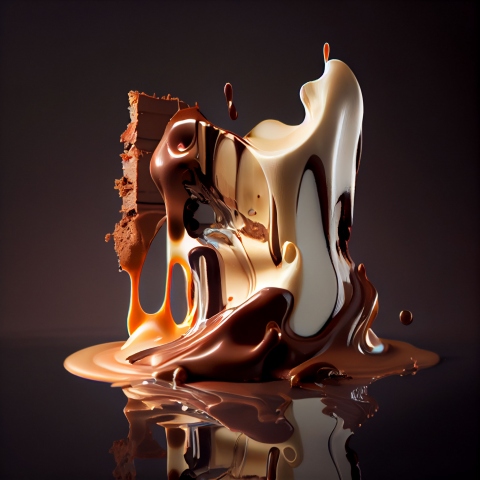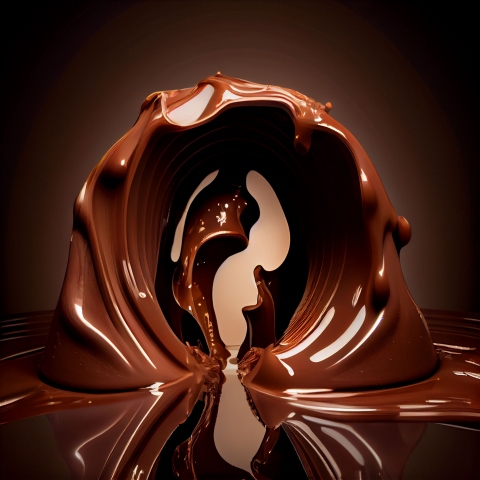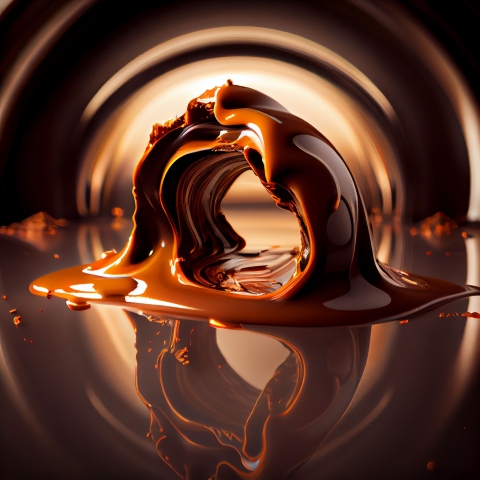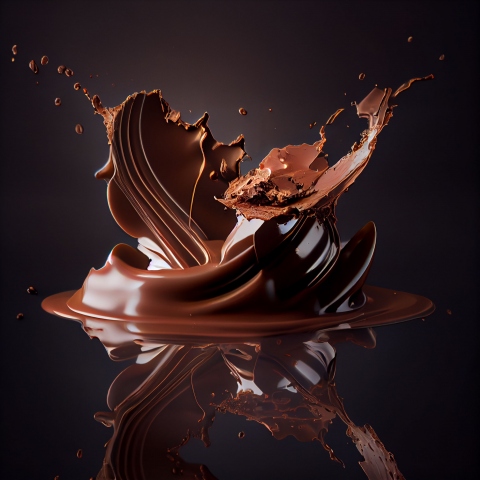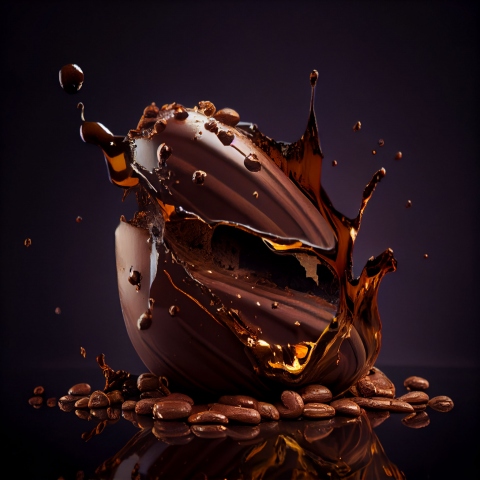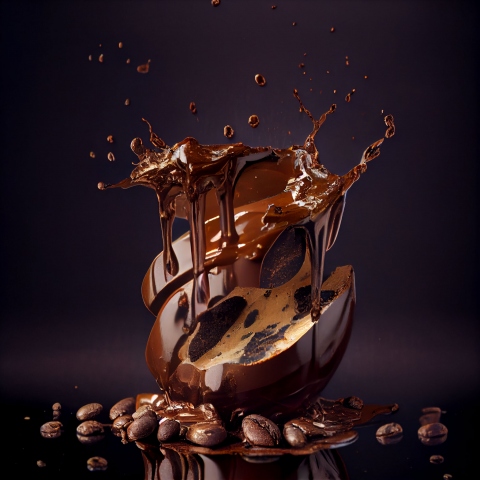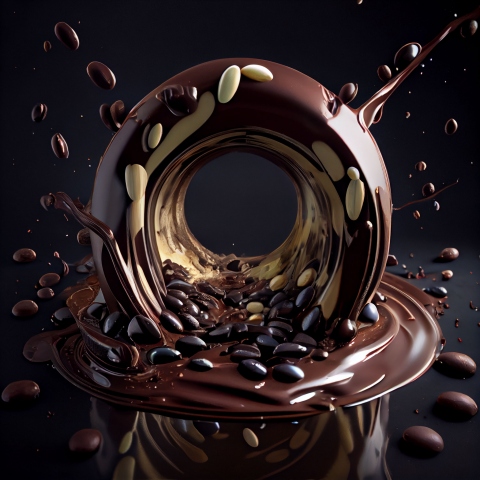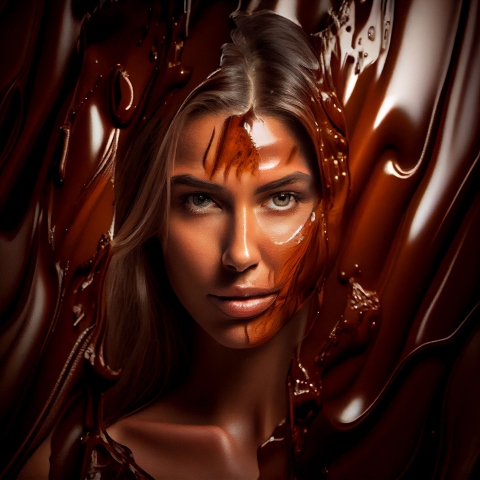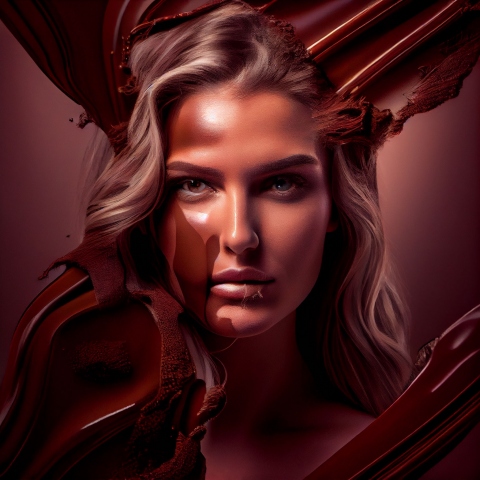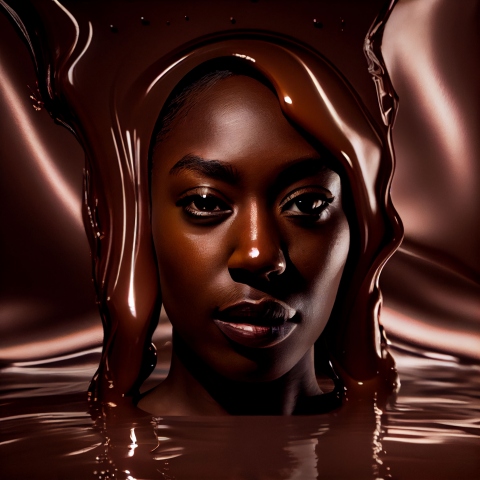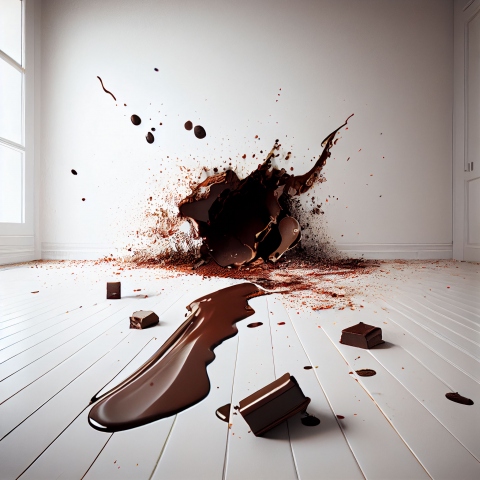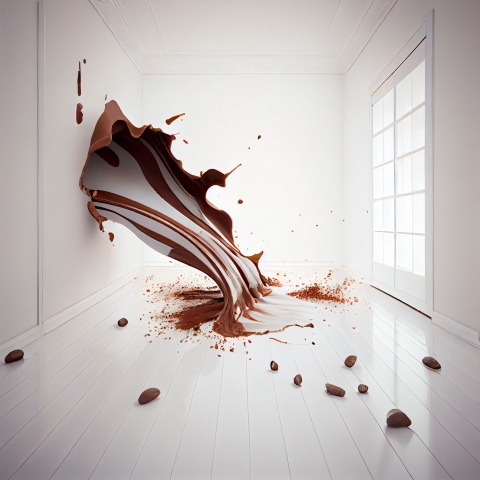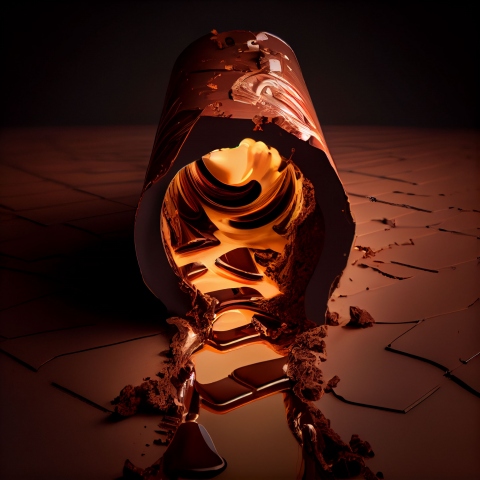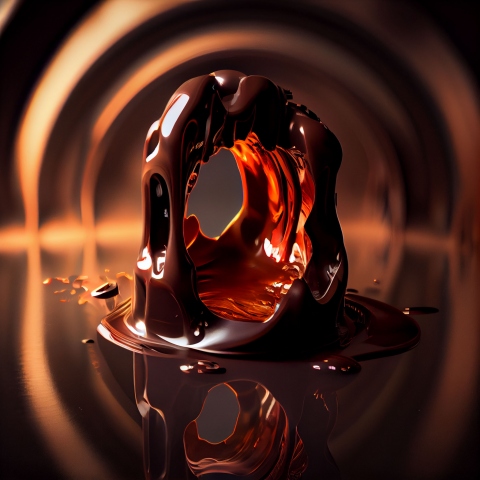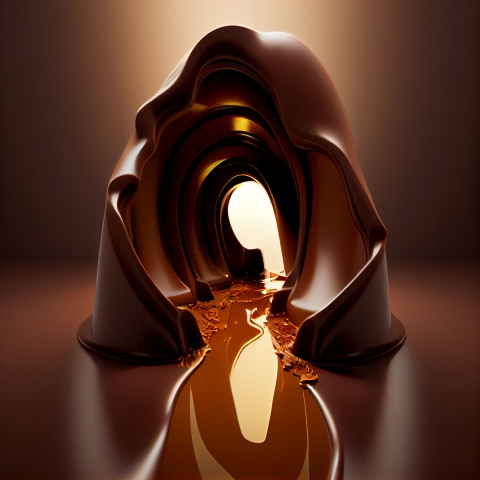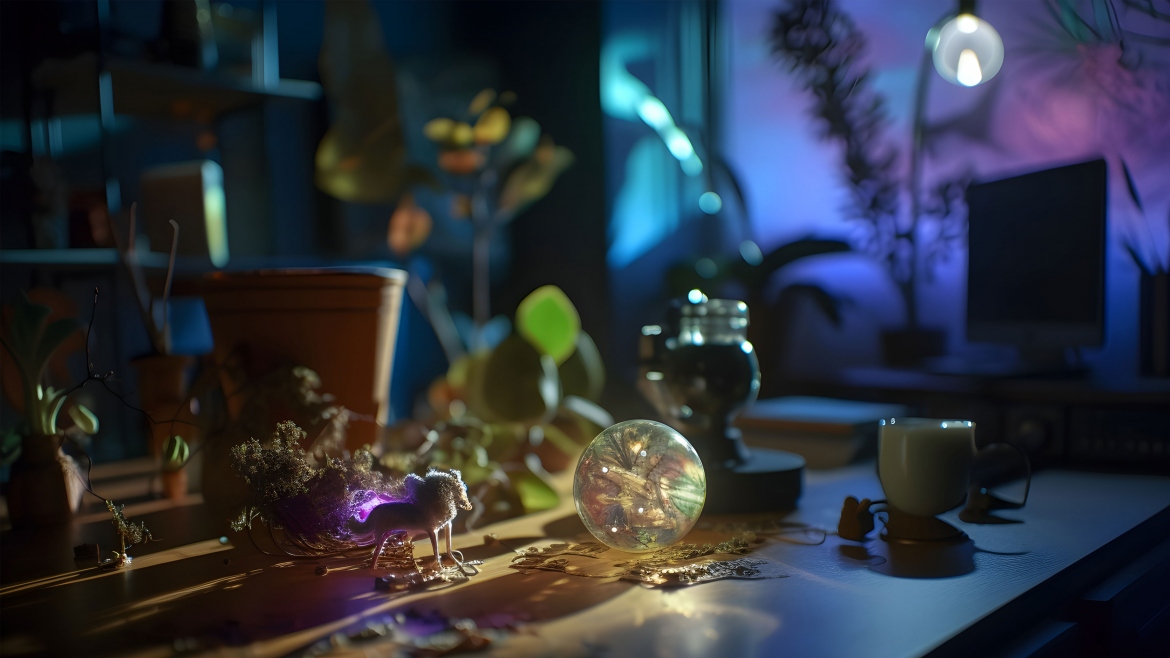Virtual Elements Creation and Animation
The production of virtual 3D, animation, and VFX is a complex process that involves multiple stages and a range of specialized tools and techniques. In this blog post, we will provide an overview of the key stages involved in the production of these types of content.
Stage 1: Pre-Production
The pre-production stage is where the initial planning and conceptualization of the project takes place. This stage involves the following activities:
- Concept Development: This involves the creation of the initial idea for the project and the development of the concept. This may involve brainstorming, research, and consultation with stakeholders.
- Scriptwriting: The script is the foundation of any audio-visual project, including animation and VFX. The script outlines the storyline, characters, and other essential elements of the project.
- Storyboarding: Storyboarding involves creating a visual representation of the script. It helps the team to plan the shots and the overall look and feel of the project.
- Animatic: The animatic is a rough animated version of the storyboard. It provides a rough preview of how the final project will look and helps to identify potential issues or changes needed before the actual production begins.
Stage 2: Production
The production stage involves the actual creation of the project. This is where the 3D modeling, animation, and VFX work happens. This stage involves the following activities:
- Asset Creation: This involves creating the 3D models and textures that will be used in the project. This may involve using specialized software such as Maya, 3ds Max, or Blender.
- Rigging: Rigging involves adding a skeleton to the 3D models, which allows them to be animated.
- Animation: This involves animating the 3D models, creating the movements and actions that will be seen in the final project.
- Lighting and Texturing: This involves setting up the lighting and textures in the 3D environment to create a realistic and visually appealing scene.
- Compositing: This involves combining the various elements of the project, such as the 3D models, live-action footage, and VFX, into a single cohesive scene.
Stage 3: Post-Production
The post-production stage involves the final touches and tweaks to the project. This stage involves the following activities:
- Editing: This involves editing the footage and adding any necessary special effects or VFX.
- Color Grading: Color grading involves adjusting the colors in the footage to create a consistent and visually appealing look.
- Sound Design: This involves adding sound effects, music, and dialogue to the project.
- Rendering: Rendering is the process of creating the final video or image output from the project. This can be a time-consuming process, especially for complex 3D scenes.
- Final Touches: This involves any final adjustments or tweaks to the project before it is ready for delivery.
What else!?
Virtual 3D, animation, and VFX (visual effects) are crucial elements in the entertainment industry, from movies and television to video games and online media. The production of these elements involves a wide range of tools and techniques that require skilled professionals, including 3D artists, animators, and visual effects specialists.
In this blog post, we’ll explore the process of creating virtual 3D, animation, and VFX, from the concept and design phase to the final product.
Concept and Design
The first step in creating virtual 3D, animation, and VFX is to develop a concept and design. This phase involves brainstorming ideas, creating storyboards, and designing characters, props, and environments. The concept and design phase is critical in establishing the overall look and feel of the project and ensuring that everyone involved in the production is on the same page.
Modeling
Once the concept and design are in place, the next step is to create 3D models of the characters, props, and environments. This process involves using specialized software such as Autodesk Maya, Blender, or 3ds Max to create 3D models from scratch or to modify existing models. 3D models can be created using a variety of techniques, including polygonal modeling, NURBS modeling, and sculpting.
Texturing
After the 3D models have been created, the next step is to apply textures and materials to them. This process involves adding color, bump maps, and other details to the surfaces of the 3D models to give them a more realistic appearance. Texturing can be done using software such as Substance Painter, Mari, or Photoshop.
Rigging
Once the 3D models have been textured, they need to be rigged. Rigging involves creating a system of bones and controls that allow the 3D models to move and be posed. This process is essential in animation and is done using software such as Autodesk Maya or 3ds Max.
Animation
With the 3D models rigged, it’s time to start animating them. Animation involves creating a sequence of movements and poses for the characters and other objects in the scene. This process requires skilled animators who can bring the characters to life and give them personality and emotion. Animation can be done using software such as Autodesk Maya or Blender.
Lighting
Lighting is a critical element in creating a visually appealing 3D environment. This involves setting up virtual lights in the 3D environment to create a realistic lighting setup. This can include techniques such as directional lighting, spotlights, and ambient occlusion.
Rendering is the process of turning a 3D scene into a final image
Over all
The production of virtual 3D, animation, and VFX is a complex process that requires a range of specialized skills and tools. From concept development to final touches, each stage of the process is critical in creating a high-quality and visually appealing project. With the right team and tools, however, it is possible to create stunning 3D, animation, and VFX content that can captivate and engage audiences.
Check out some Lab Work!
